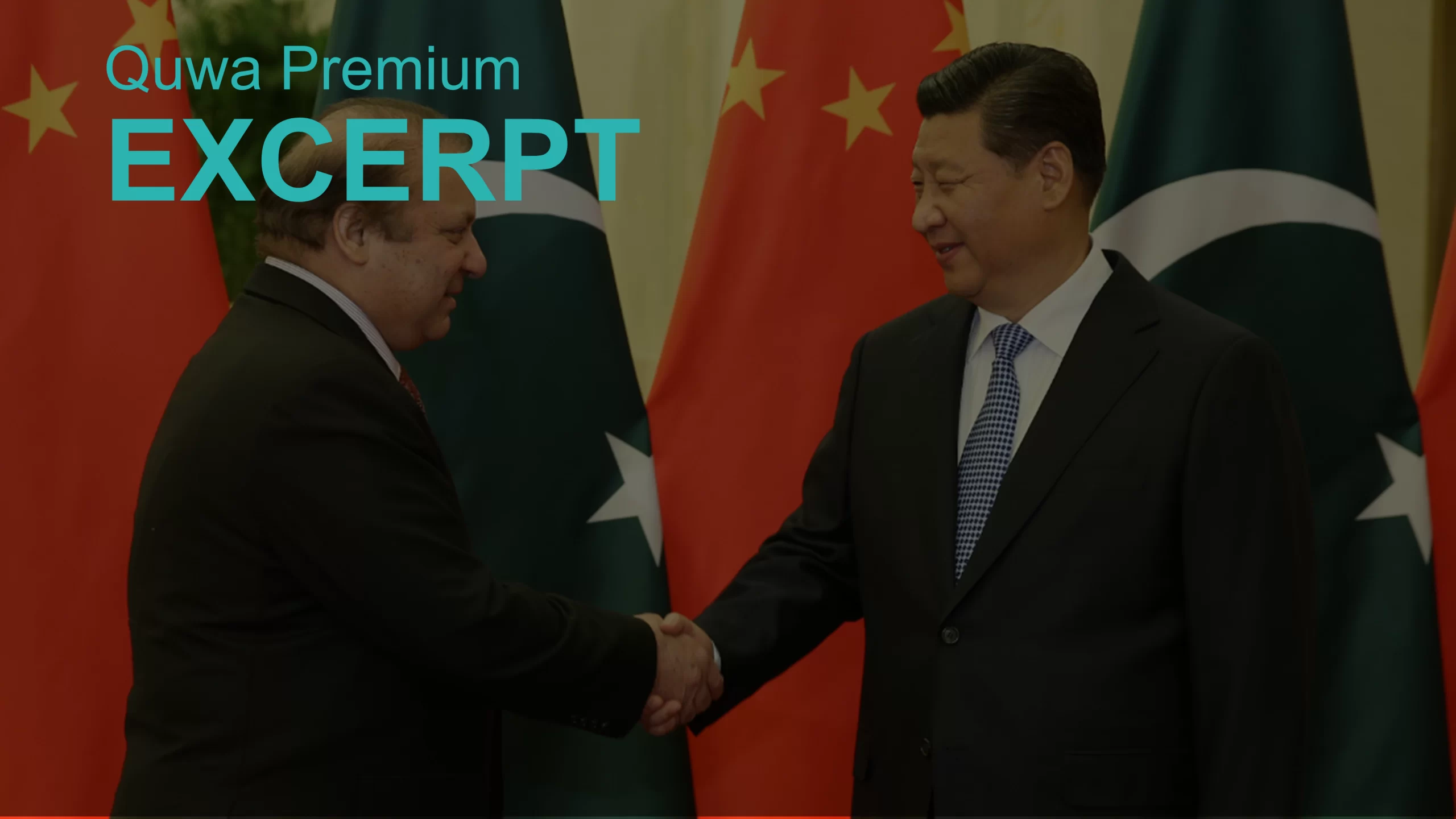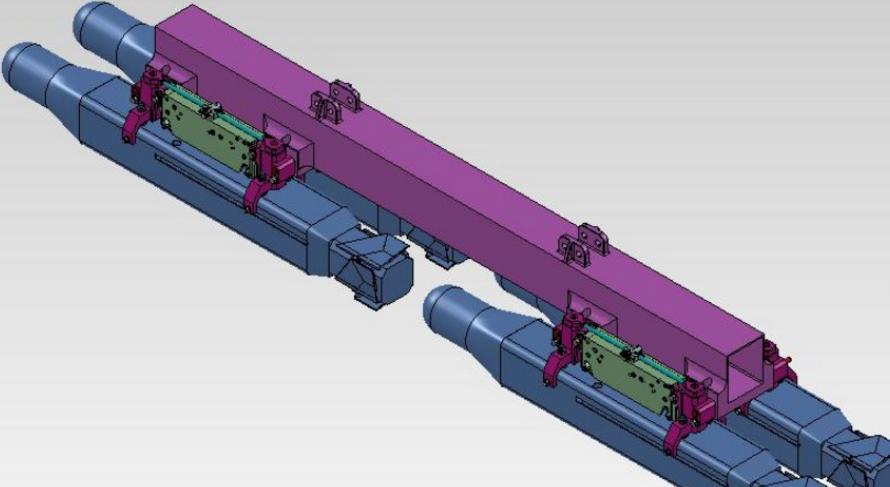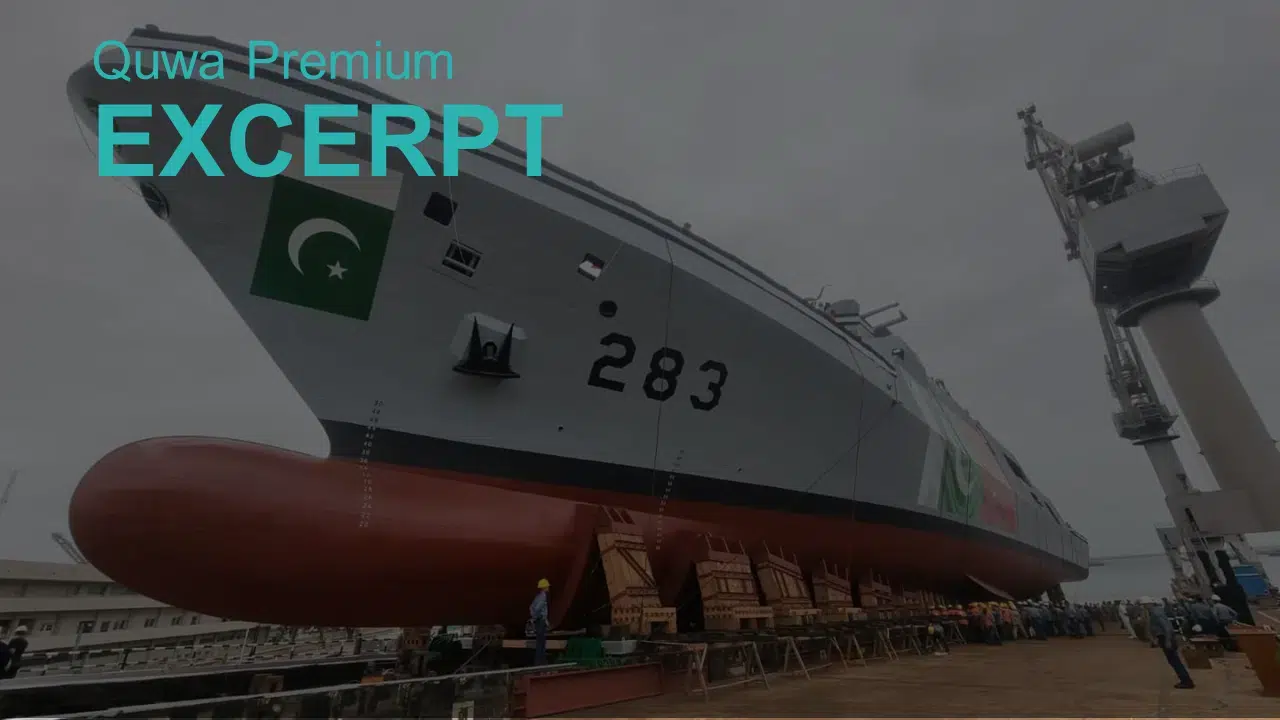3502Views

Why CPEC Went Wrong for Both Pakistan and China
Signed in 2015, many among the Pakistani intelligentsia had perceived that the China-Pakistan Economic Corridor (CPEC) was a watershed moment for their country. The prevailing thought was that CPEC would herald an enormous and positive economic shift for Pakistan. It was even pegged at one point as China’s own “Marshall Plan” for Pakistan and, via its wider Belt and Road Initiative, many other developing states.
However, by 2019, the reality had dawned in Pakistan that CPEC was not delivering on the hopes people had for the program. Rather, CPEC did not herald an economic transformation in Pakistan, but it beset the country with more debt and underutilized infrastructure.
Today, key international organizations, such as the International Monetary Fund (IMF), want Pakistan to rein in CPEC activity due to the debt load the initiative is adding to the country’s beleaguered fiscal state. Should Pakistan persist with CPEC programs, the IMF expects visibility on the program’s terms.
So, what went wrong? Why did CPEC ‘fail’ to deliver on the hopes Pakistani intelligentsia had for the much-celebrated and anticipated initiative? Did China ‘fail’ in creating its own “Marshall Plan?”
CPEC Was Flawed, but Not Necessarily Malicious
Certainly, one can expect some among Pakistan’s intelligentsia to be weary of the Chinese, at least from an economic collaboration standpoint. Given how CPEC added to some of Pakistan’s fundamental fiscal woes (most notably debt), suspicion of Beijing is an understandable response.
However, CPEC’s failure is not due to Chinese maliciousness or selfishness. Rather, CPEC failed because it was fundamentally too big a program for either Beijing or Islamabad to properly handle. The lack of ability here is not from an implementation standpoint, but rather, a fundamental issue: Incomplete vision.
To understand this point, one must briefly visit the actual Marshall Plan.
On the surface, the Marshall Plan have seemed like a relatively benevolent American effort to revitalize Western Europe and East Asia (especially Japan). Indeed, the economic outcome of the Marshall Plan does point to a benign intent. Washington poured today’s equivalent to over $200 billion U.S. into key war-torn regions to restore their industries, rebuild their infrastructure, and reactivate their military strength. The U.S.’ allies and former enemies went from broken to resurgent.
It is no secret that the point of the Marshall Plan was to help the U.S. build bulwarks against the rise and growth of global Communism (led by the Soviet Union and China). On the surface, one could say that this was a fair trade: Washington helps rebuild London, Frankfurt, Tokyo, Paris, and so on, and they, in return, stand with the U.S. to resist Moscow and Beijing.
However, the Marshall Plan was not generous. It was a gargantuan trade, one that saw Western Europe transfer its implicit sovereignty to the U.S. From a security standpoint, this trade-off was apparent in the North Atlantic Treaty Organization (NATO). Then French president Charles de Gaulle explicitly called out this reality when he announced France’s withdrawal from NATO in 1966. But NATO only illuminated the surface of the implicit sovereignty transfer – its real impact was felt economically.
Not only was the U.S. Dollar driving the bulk of trade across the Atlantic and Pacific after World War Two, but it was the reserve currency of the world. When Nixon opted to unpeg the Dollar from gold, the world had to follow suit. However, there was a deeper aspect to the rise of U.S. economic influence.
By investing in or co-rebuilding the war-torn regions, Western Europe and Japan’s key domestic economic actors were now tied to America. They needed access to American markets and American capital. Thus, they would exert influence on the political scenes of their countries. To be clear, it was not a subordinated relationship, but undoubtedly, Washington’s voice had to be heard, and then addressed. As a result, the U.S. has many powerful allied states to support its initiatives (albeit with some negotiation or trade-offs).
Basically, at its core, the Marshall Plan was not just an economic program. It was a delivery vehicle for an intricate and long-term vision of how Washington wanted to shape key regions. The U.S. understood that effecting substantive change in how the old Colonial powers functioned required concessions (perhaps to wean these countries’ dependencies on their colonies). And, in return, the ruling establishments of these countries understood, and consciously agreed to, what Washington wanted from them.
In contrast, CPEC was empty of a strong vision. Even if one accepts that Beijing was benevolent, then – at best – CPEC was a brute-force method to accelerate Pakistani production. Basically, the idea may have been to rapidly build-up Pakistani energy and infrastructure. In turn, the Pakistani private sector can then leverage the glut of capacity to start manufacturing products more affordably, especially at scale. Pakistan would then be able to generate foreign currency and, potentially, escape its debt problem…
End of excerpt (802, 1,595 words)
You can read the complete article by logging in (click here) or subscribing to Quwa Premium (click here).
For More on Pakistani Defence Issues, Check Out:


